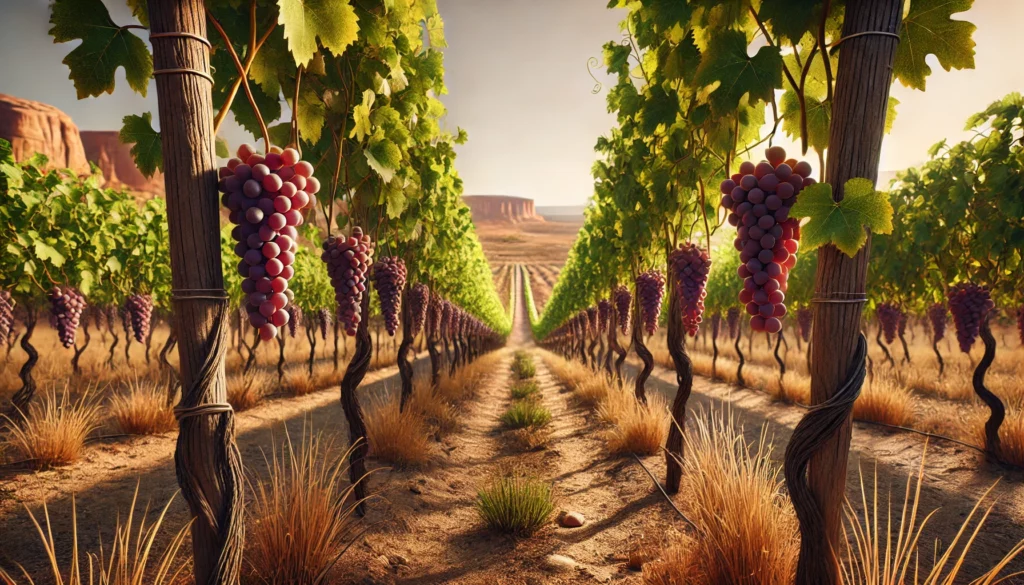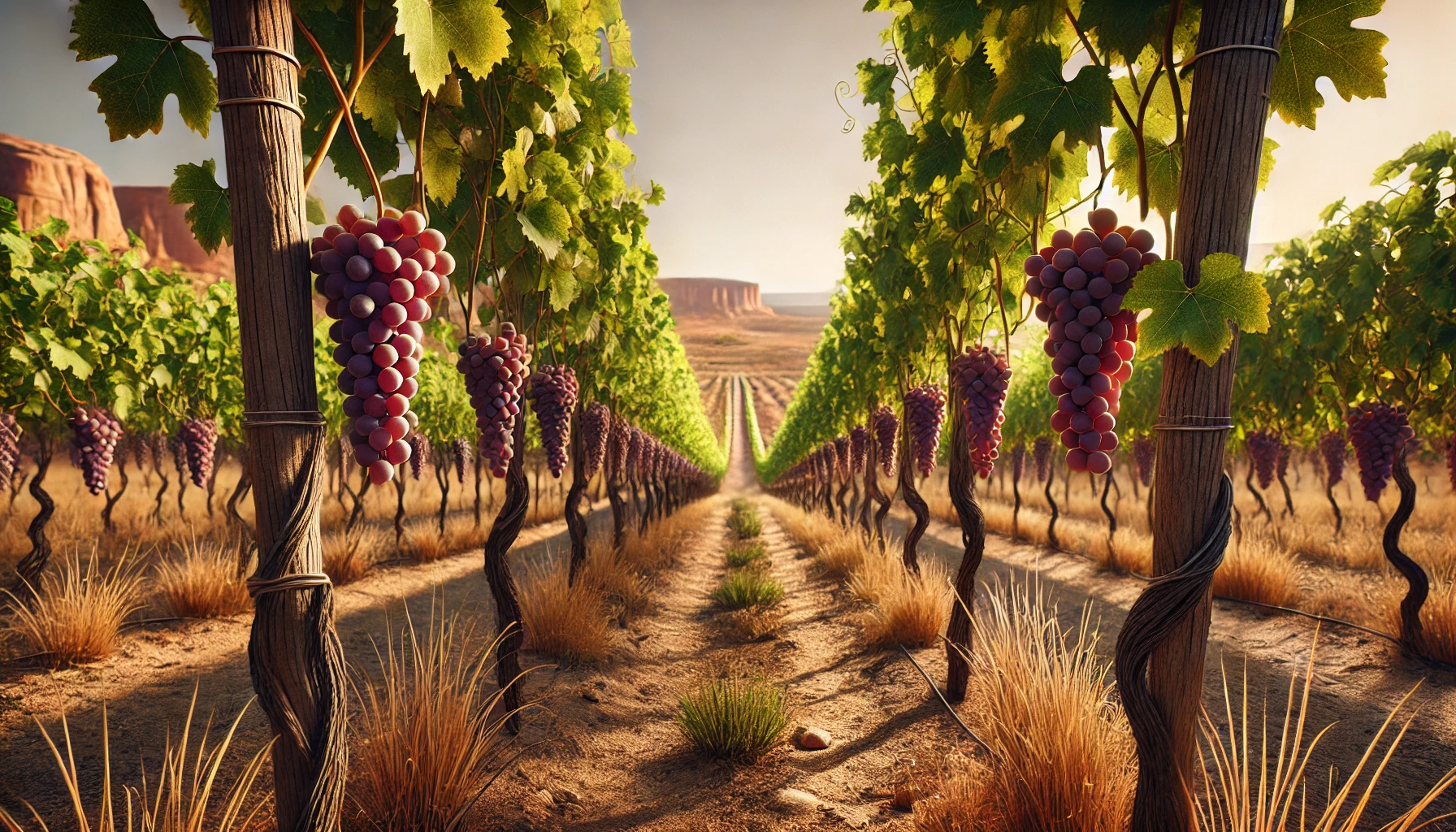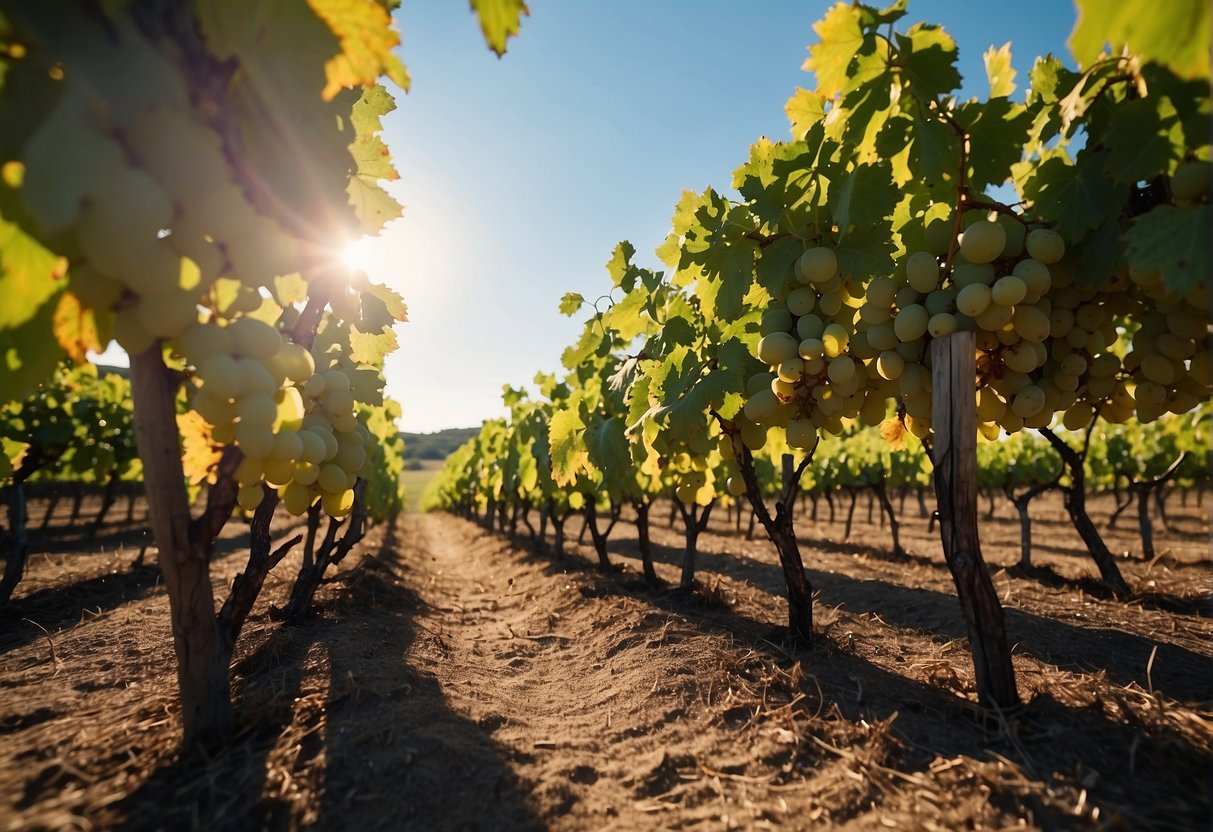
What They Mean for the Lone Star State’s Wine Industry
Texas has rapidly become a standout in the American wine industry, with its unique terroir, diverse climate, and dedicated winemakers contributing to the state’s growing reputation. As Texas continues to establish itself as a major player in the wine world, the introduction of new American Viticultural Areas (AVAs) is a significant milestone. These upcoming AVAs not only showcase the distinct characteristics of specific Texas wine regions but also offer exciting opportunities for winemakers and wine enthusiasts alike. In this article, we’ll explore the potential new AVAs for Texas, what makes them special, and what they mean for the state’s flourishing wine industry.
Understanding AVAs and Their Importance
Before diving into the specifics of the upcoming Texas AVAs, it’s important to understand what an AVA is and why it matters. An American Viticultural Area (AVA) is a designated wine grape-growing region in the United States, recognized for its unique geographic and climatic features. The AVA system, regulated by the Alcohol and Tobacco Tax and Trade Bureau (TTB), ensures that at least 85% of the grapes used in a wine come from that specific region, helping consumers identify the wine’s origin.
For Texas, AVAs are crucial in establishing the state’s credibility on both the national and international wine stage. Each AVA highlights the distinct terroir of its region, allowing winemakers to produce wines that truly reflect the land they come from. With Texas’ vast and varied landscape, the potential for new AVAs is immense, each offering something unique to the state’s growing wine portfolio.
The Three Pending Texas AVAs
According to the TTB, three new AVAs are pending approval in Texas, each with its own distinct characteristics that promise to enhance the diversity and appeal of Texas wines. These potential AVAs—Llano Uplift AVA, Hickory Sands District AVA, and Dell Valley AVA—are set to add new layers of identity to Texas wine regions.
- Llano Uplift AVA
Location and Terroir: The Llano Uplift, situated in Central Texas, is known for its ancient granite outcrops and sandy soils. This unique geological formation provides an ideal environment for growing grape varieties like Viognier, Syrah, and Mourvèdre, which thrive in similar terroirs around the world.
Notable Wineries: The Llano Uplift AVA is home to several emerging wineries, including Perissos Vineyards, which has gained recognition for its estate-grown wines that capture the essence of this distinct Texas wine region. - Hickory Sands District AVA
Location and Terroir: The Hickory Sands District, located in the northern part of the Texas Hill Country, is characterized by its sandy, well-drained soils. This AVA’s warm climate and ideal soil conditions make it perfect for Mediterranean grape varieties such as Tempranillo and Grenache.
Notable Wineries: Lost Draw Cellars is a prominent player in the Hickory Sands District, producing wines that are highly regarded for their quality and the way they express the terroir of this Texas AVA. - Dell Valley AVA
Location and Terroir: Located in far West Texas near the Guadalupe Mountains, Dell Valley offers a high desert climate with significant diurnal temperature variations—cool nights and warm days—which is perfect for producing high-quality wines with balanced acidity. The valley’s volcanic soils are rich in minerals, contributing to the unique flavor profiles of the wines produced in this AVA.
Notable Wineries: Although still an emerging wine region, Dell Valley has attracted interest from wineries like Tularosa Vineyards, which is experimenting with various grape varieties to showcase the potential of this remote yet promising AVA in Texas.
What These New AVAs Mean for Texas Wine
The approval of these new AVAs—Llano Uplift, Hickory Sands District, and Dell Valley—would be transformative for Texas wine. Each AVA adds a new dimension to Texas’ wine regions, giving winemakers the ability to label their wines with greater specificity and pride. For consumers, these AVAs provide a clearer understanding of where their wine comes from and what they can expect in terms of flavor and quality.
Moreover, the establishment of new AVAs can attract more investment into these regions, boost local tourism, and further solidify Texas’ reputation in the global wine community. The expansion of Texas’ AVA system is a testament to the state’s growing importance in the wine world, making this an exciting time for both producers and wine lovers alike.
As Texas continues to expand its influence in the American wine industry, the establishment of new AVAs will play a crucial role in shaping the state’s wine identity. The upcoming AVAs—Llano Uplift AVA, Hickory Sands District AVA, and Dell Valley AVA—highlight the diverse terroir and the innovative spirit of Texas winemakers, promising to bring even more recognition and acclaim to the Lone Star State’s wine regions. Whether you’re a seasoned wine lover or just beginning to explore Texas wines, keep an eye out for these new AVAs—they’re sure to offer something truly special.
Sources:
- Texas Wine Growers. “As Texas Wine Gathers Strength, 6 AVAs Are on the Horizon.” Published October 6, 2023. Read more.
- Wine Enthusiast. “New Texas AVAs: What to Expect from Emerging Wine Regions.” Read more.
- Texas Wine Growers. “Texas Wine Regions and AVAs.” Read more.
- TTB (Alcohol and Tobacco Tax and Trade Bureau). “List of Pending American Viticultural Areas Petitions.” Read more.
- Texas Wine Lover. “Areas Not in a Texas AVA: Updated Label Laws Designate 100% Texas Wines and Efforts to Create Additional Texas AVAs.” Published March 2023. Read more.



